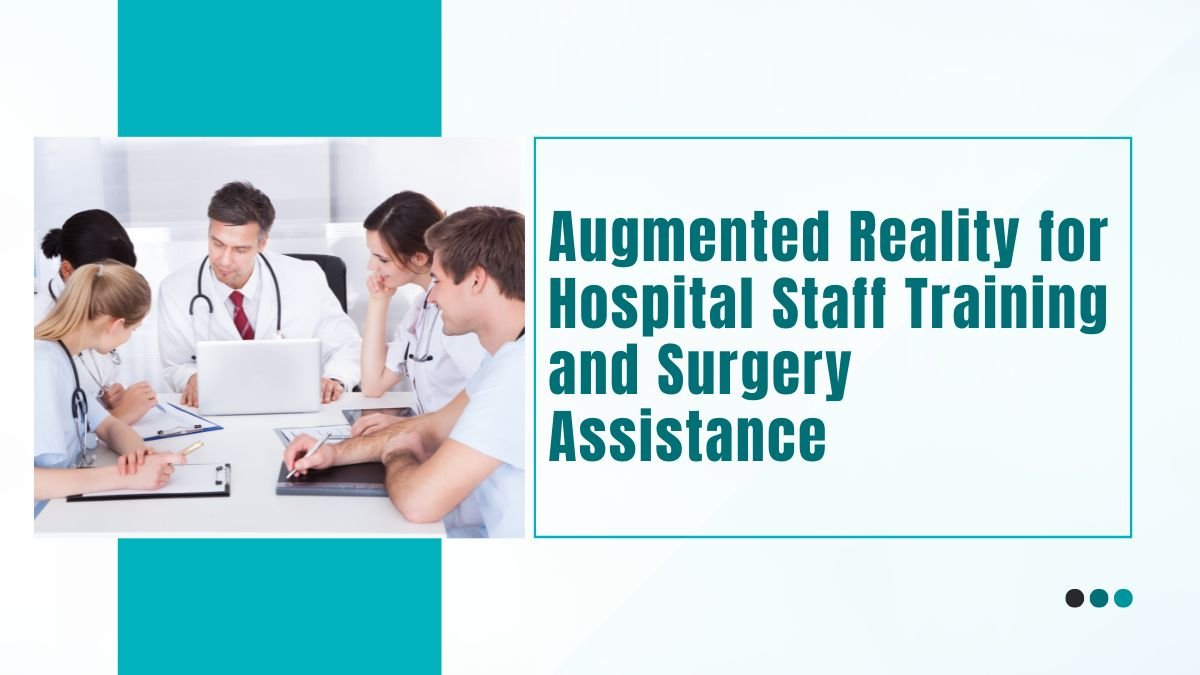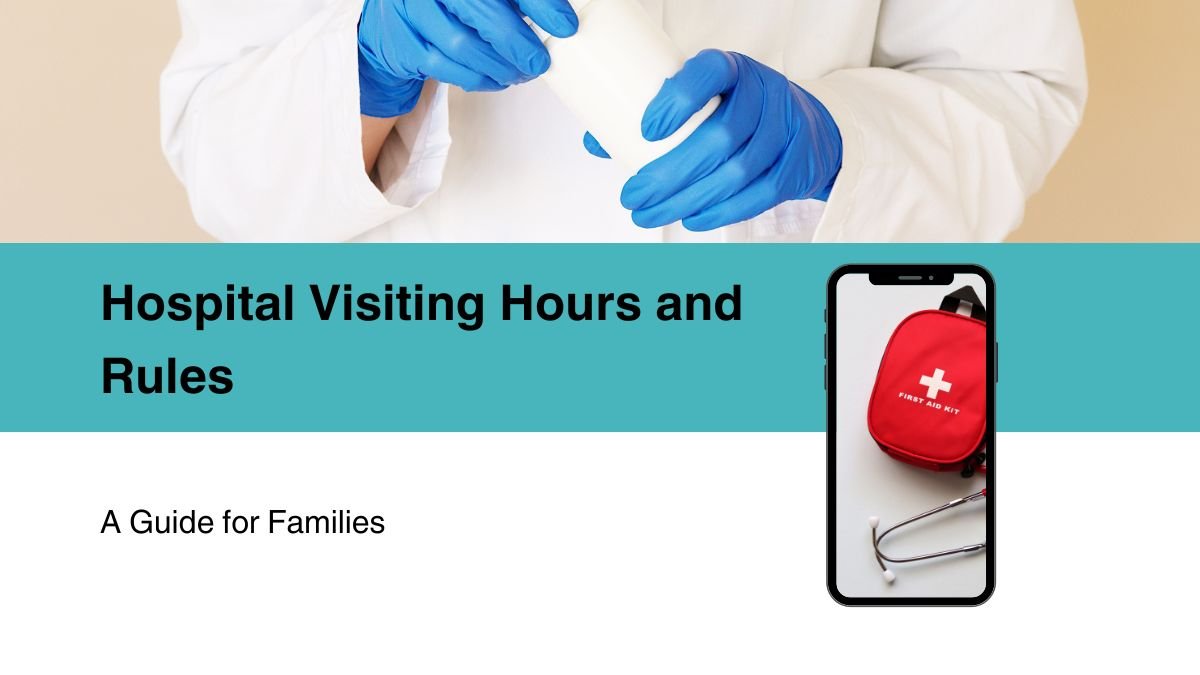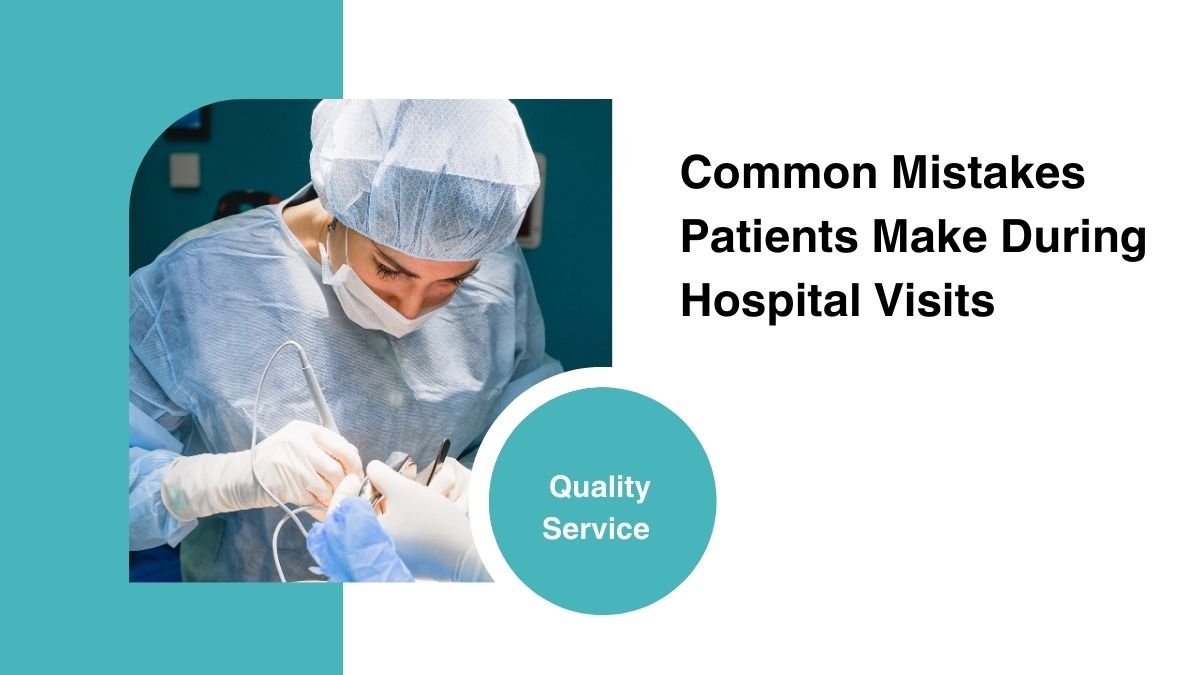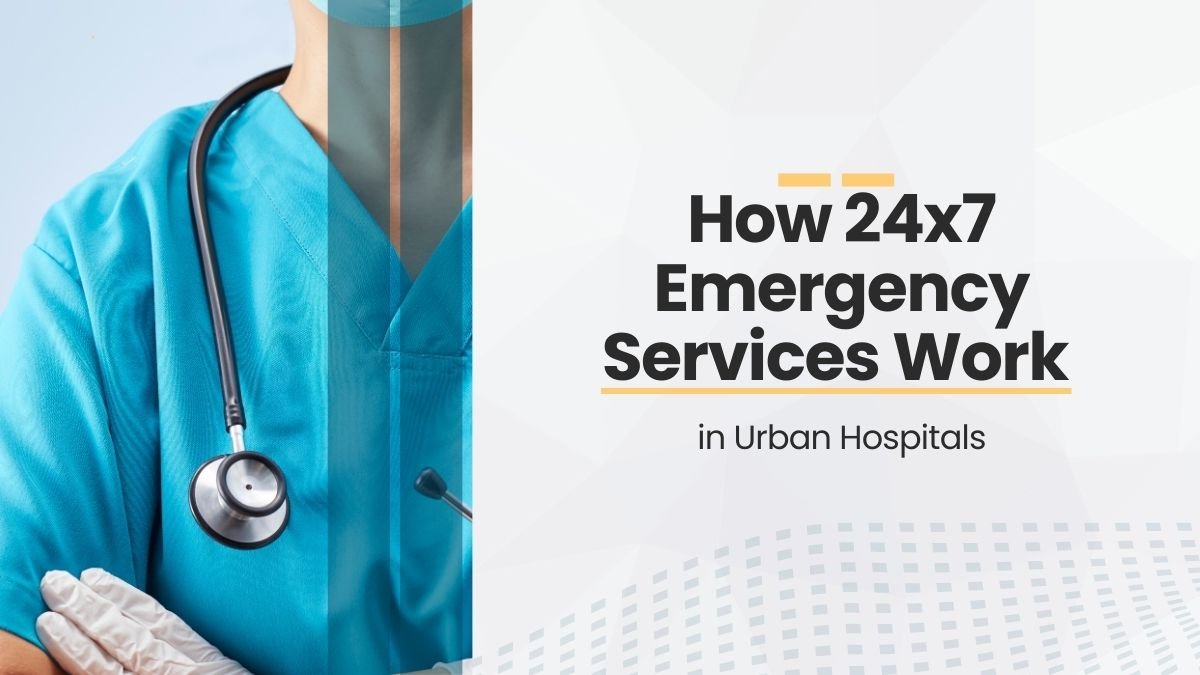Today, healthcare is rapidly evolving through technological changes. Augmented Reality (AR) is playing a very important role in this change. AR means adding digital information on the real-world scene, so that doctors, nurses and other medical professionals can make their work more accurate, effective and safe.
AR not only helps during surgery and treatment, but it is also bringing a complete revolution in the field of training and education. This technology is completely changing the way of learning and practicing in hospitals and medical institutions.
1. AR in Surgical Training
The way doctors and medical students learn and practice operations in surgical training has completely changed with the help of AR.
1.1 Immersive Learning
AR technology enables medical students and professionals to interact with complex 3D anatomical models. It offers seeing inside the body in a 3D manner and simulating complicated operations.
For example in cardiac surgery training, students can see the heartbeat and blood circulation in real time using augmented reality.
It is 100 percent safe for students to practice with this method because they can do so without threatening a patient.
1.2 Skill Development
AR training allows students and doctors to improve their surgical techniques.
- Students can practice different types of surgeries such as neurology, orthopedics or complex emergency operations.
- AR provides accurate feedback, allowing doctors to increase the timeliness, accuracy and success rate of their procedure.
- For example, in a surgical practice, if a student makes a wrong cut, AR immediately recommends correction.
1.3 Accessibility and Flexibility
AR training is now available anywhere and anytime.
- Students can practice surgery with the help of AR systems at their home, college or hospital.
- This technology provides personalized learning pace and training according to the need.
- This is especially beneficial for students who live in remote areas and cannot attend regular hospital training.
2. AR in Surgical Assistance
Not only training, AR also helps doctors during surgery. We call this surgical assistance.
2.1 Real-time Guidance
AR displays important information, anatomical guides and imaging results directly on the surgical field during the operation.
For example, if doctors are performing a complex bone surgery, AR can show them the condition of the inner parts of the bone and the nerves.
This helps doctors avoid making the wrong cut or incremental damage.
2.2 Improved Surgical Precision
With the help of AR technology, doctors can see hidden structures during the operation.
This means that the doctor gets instructions and guidance for each step.
This makes the operation less invasive and more accurate.
As a result, the patient’s recovery time is reduced and complications are reduced.
2.3 Enhanced Collaboration
Several doctors and nurses work in the operation. AR ensures better communication and collaboration between them.
The surgical team can share data and visuals in real time, so that all team members can make the right decisions.
This increases coordination and understanding among the team.
2.4 Reduced Errors
AR technology helps reduce human errors during surgery.
The doctor gets the necessary information clearly, concisely and timely.
The result is that patient treatment is safer and more effective.
3. Real-life examples of AR
- Operation simulation: Students and doctors can practice complex operations.
- Virtual anatomy lessons: Body parts and their functions can be seen and understood through AR.
- Surgical planning: Doctors can plan the entire operation in advance with the help of AR.
- Real-time data overlay: During the operation, the patient’s blood pressure, heart rate and other parameters are directly visible in AR.
- Audio-visual feedback to the team: Team members can share guidance and suggestions in real time.
4. Possible uses of AR in the future
The possibilities of AR are not limited to the present. This technology promises to revolutionize healthcare much further in the years to come.
- Remote surgery: Surgery performed by an expert physician without the patient being physically present in a part of the house.
- Hyper-interactive medical education: Students can use VR and AR to witness and experience complex physiology and disease processes first-hand through activity rather than passive observation.
- Patient monitoring: It will be possible to monitor the patient’s health from home and give immediate advice by the doctor.
- Collaboration in ambulance and emergency services: AR technology will provide live data and guidance to paramedics.
5. Conclusion
AR technology is changing every aspect of healthcare.
- It makes surgical training and education more immersive and safe.
- It provides precise guidance to doctors during operations, team collaboration and reduction of errors.
- It ensures less painful, less time consuming and safer treatments for patients.
- AR has the potential to make healthcare even more accessible, effective and personalized in the future.
In short, AR is the future of healthcare and this technology is going to make doctors, students and The patient is playing an important role in making the experience of all three better and safer.









